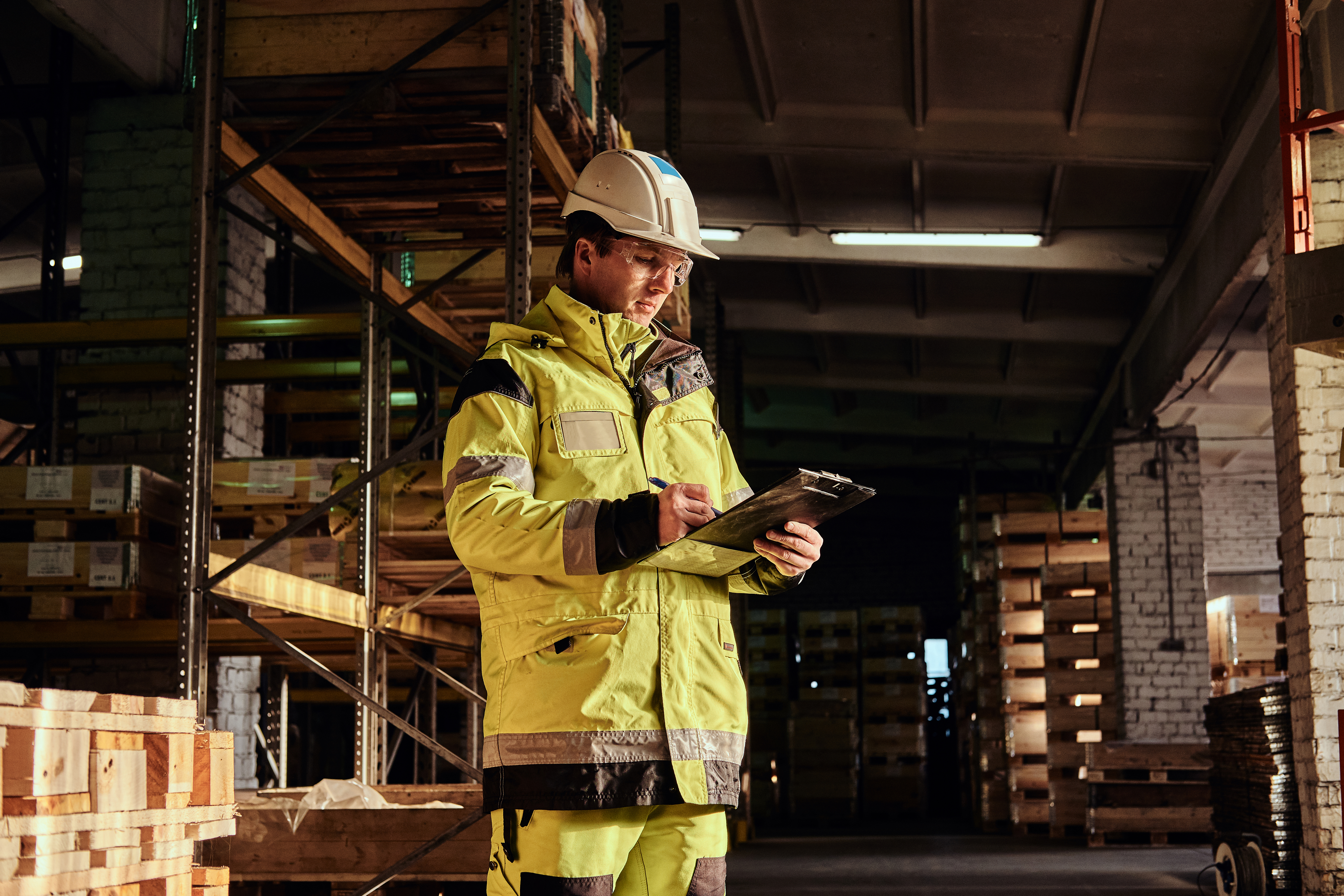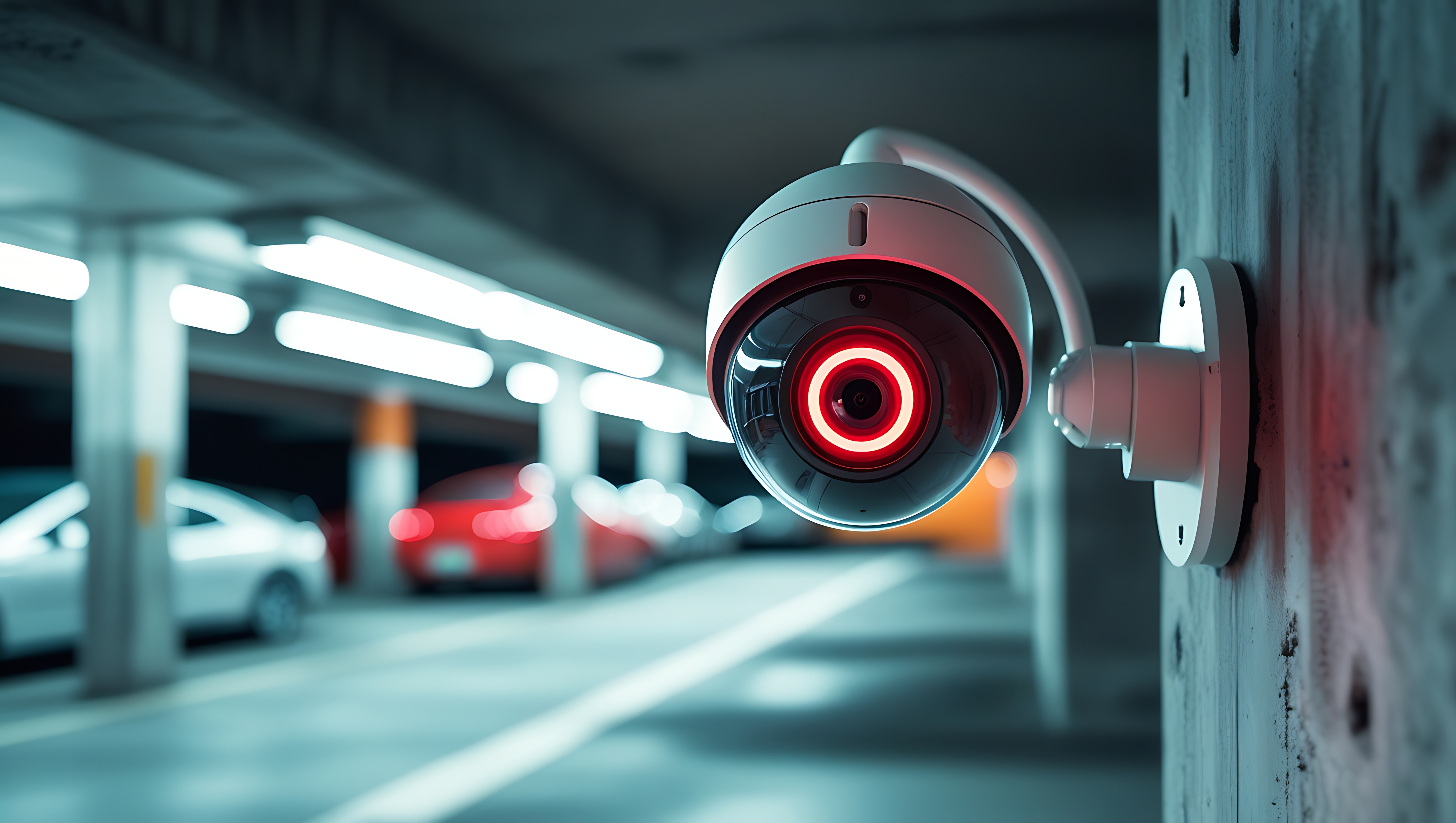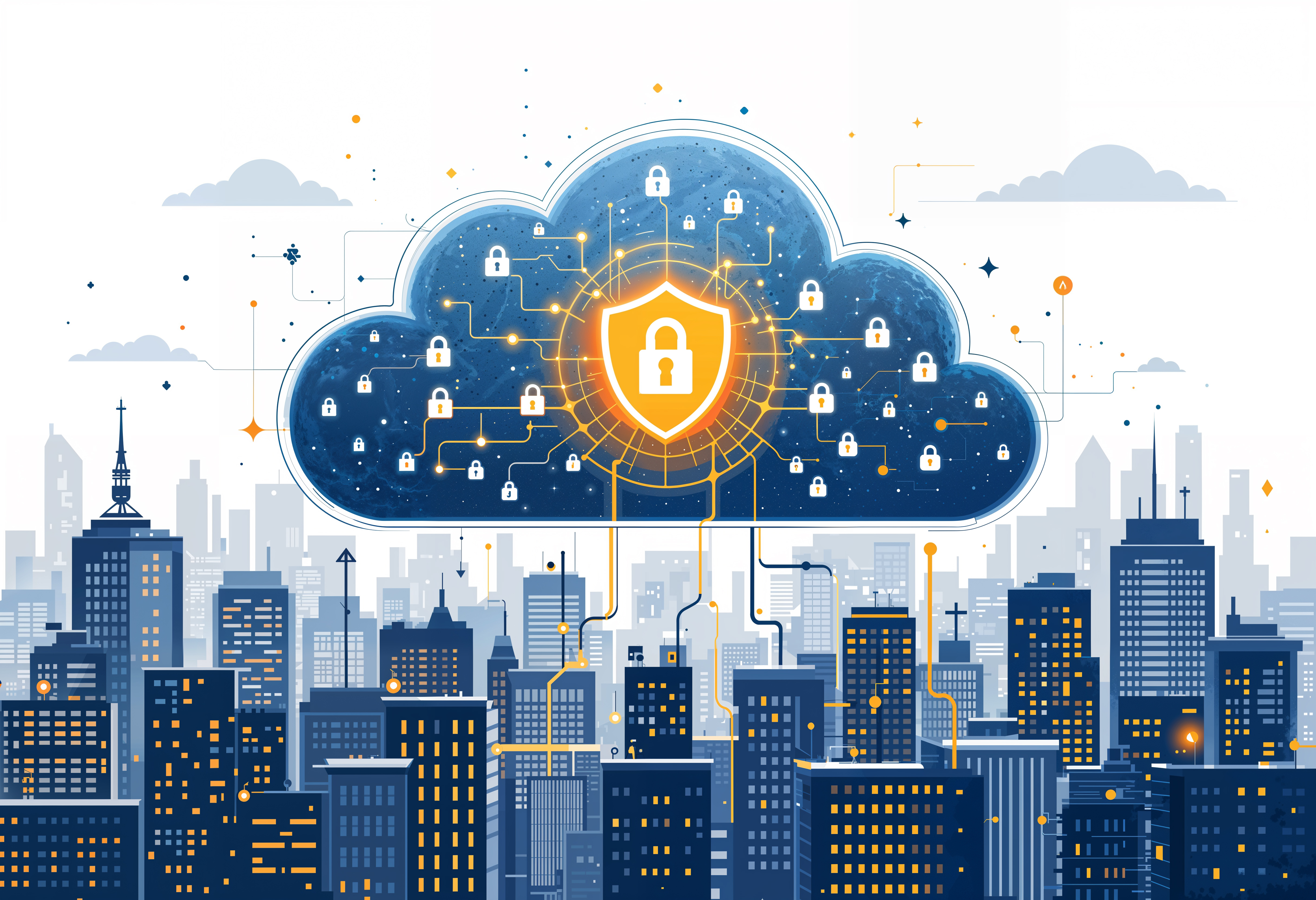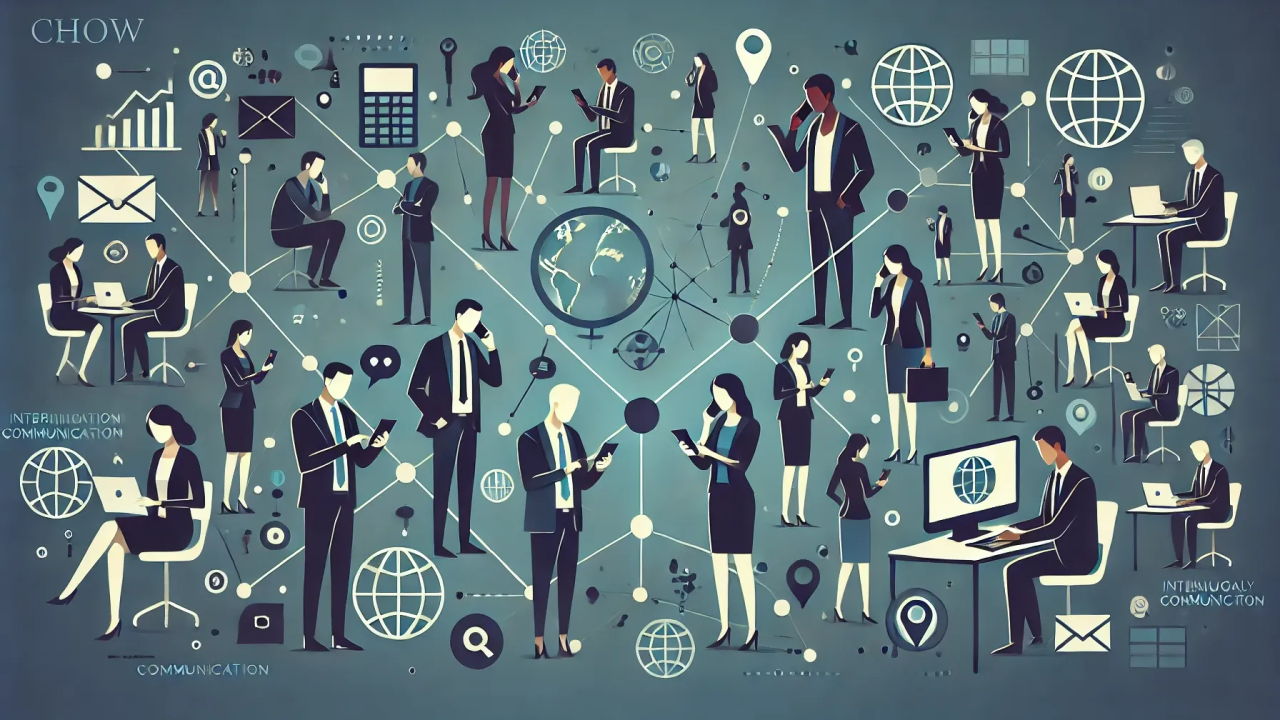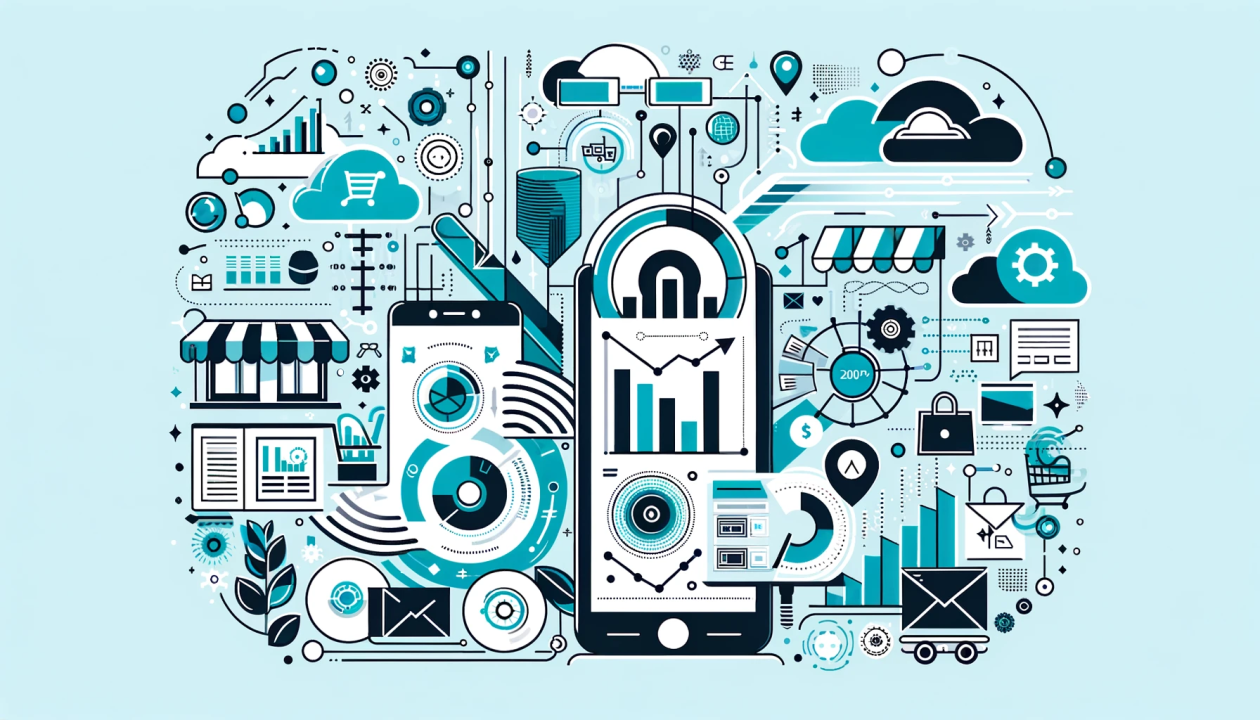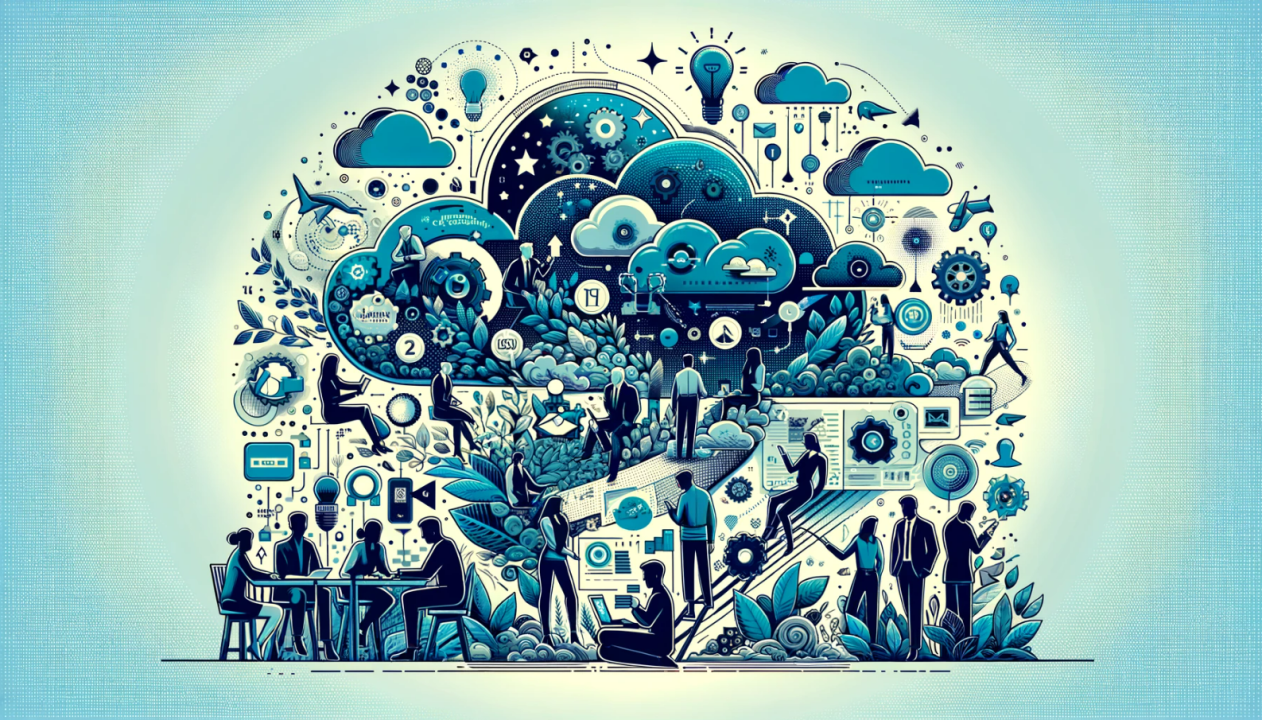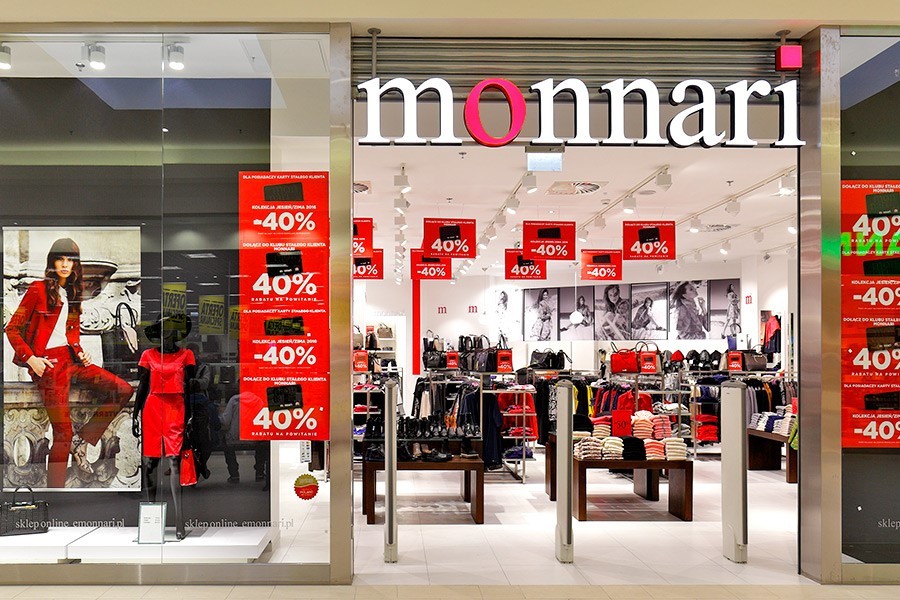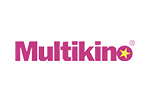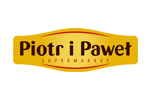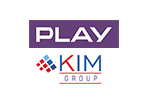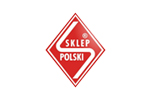Nowe potrzeby klientów - nowe oblicze sklepów
Klienci nie czuliby się dziś komfortowo w takich sklepach, jakie wspominamy sprzed pandemii. Brak środków do dezynfekcji, zakupy bez masek, czekanie w długiej kolejce, w której ktoś stojący za nami trąca nas trzymanymi w ręku rzeczami – to się już właściwie nie mieści w głowie. W jakich warunkach klienci czują się teraz bezpiecznie? Jakie elementy uważają za najbardziej istotne dla budowania pozytywnych doświadczeń zakupowych?
W opublikowanym przez KPMG z końcem września raporcie na temat zmiany zwyczajów zakupowych Polaków czytamy, że czynnikiem, który w czasie pandemii najbardziej zyskał na znaczeniu w oczach konsumentów jest własne bezpieczeństwo – grupa osób, dla której jest ono ważne, wzrosła o 58%1. Na liście niedogodności pojawiających się w czasie zakupów w sklepach stacjonarnych znalazły się między innymi nieprzestrzeganie zasad bezpieczeństwa przez innych klientów, kolejki, brak dostępnych środków ochrony osobistej. Informacje te stanowią skrócony opis rzeczywistości, w której próbuje obecnie funkcjonować tradycyjny handel.
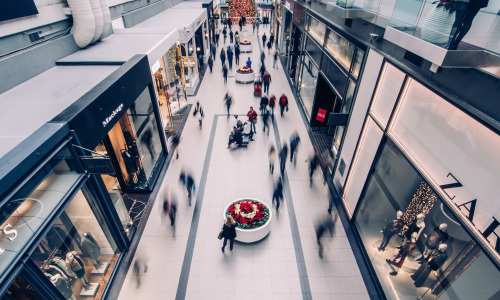
Wyzwanie – poczucie bezpieczeństwa
Detaliści stają dziś przez trudnym wyzwaniem: stworzenia w sklepach atmosfery sprzyjającej zakupom, a więc zapewnienia klimatu spokoju, profesjonalizmu i zaufania. Czy to w ogóle możliwe w świecie, w którym w trosce o zdrowie zachęcamy do utrzymywania dystansu społecznego, skracania czasu wizyt w sklepach, a podstawowa wymiana zdań bywa kłopotliwa, ponieważ trudno czasami zrozumieć przekaz płynący z ust przysłoniętych maską? Jak, mimo rosnącej niepewności, zapewnić poczucie bezpieczeństwa w procesie zakupów zarówno klientom jak i pracownikom? Uciążliwości wynikające z funkcjonowania w pandemicznej rzeczywistości dotykają przecież zarówno klientów jak i personel. A zaniepokojony, poddenerwowany personel nie pomoże z pewnością klientom poczuć się dobrze w czasie wizyty w sklepie, co z kolei będzie miało przełożenie na poziom sprzedaży, ogólne wrażenia dotyczące marki, chęć powrotu i tak dalej…

Pracownicy wiedzą
W zarządzaniu od dawna powtarzana jest prawda, że firma to ludzie. Że to o nich trzeba się troszczyć w pierwszej kolejności. W organizacjach bywało i bywa oczywiści różnie, ale COVID-19 z pewnością sprawił, że managerowie sieci handlowych przypomnieli sobie o tym, że to od pracowników funkcjonujących lokalnie zależy los globalnych struktur. Nową rolę zyskali kierownicy sklepów, którzy stali się niemal z dnia na dzień źródłem bezcennych dla firmy informacji. To oni znają realia w swoich regionach, widzą, co dzieje się w punktach handlowych w okolicy, obserwują reakcje mieszkańców na nowe zasady, obostrzenia czy rozluźnienia związane z reżimem sanitarnym. Rozmawiają każdego dnia z klientami, którzy dzielą się uwagami, dają wyraz obawom, proszą o rady. Mówiąc w skrócie – to oni wiedzą.
Pracownicy to gospodarze
To nie zarządy firm a pracownicy mają decydujący wpływ na to, jak poczują się klienci odwiedzający sklep. Pełniąc rolę gospodarzy budują atmosferę. Jedni robią wszystko, co w ich mocy, aby mimo procedur dezynfekcji, obowiązku zasłaniania twarzy i nosa oraz zachowywania dystansu klient czuł się doskonale obsłużony. Inni chowają się za przyłbicami, ladami, regałami i wysyłają wszelkie werbalne i niewerbalne sygnały zmierzające do zniechęcenia klienta do pozostania w ich sklepie choćby minutę dłużej. Osoby zarządzające nie mają bezpośredniego wpływu na to, jak bardzo pracownicy boją się o swoje zdrowie ani na to, jak się zachowują. Mają jednak narzędzia, które mogą wykorzystać do budowania atmosfery zaufania, poczucia bezpieczeństwa i w ten sposób pomagać w kształtowaniu dobrego klimatu w sklepach.
Koncentracja na detalach, słuchanie i reagowanie
Sprecyzowane zasady dotyczące stosowania środków ochrony osobistej i wszelkie związane z bezpieczeństwem procedury to z pewnością podstawa świadcząca o tym, że managerowie rozumieją powagę sytuacji w każdym z punktów sprzedaży i nie pozostają na nią obojętni. Procedury stanowią dobry punkt wyjścia – porządkują sprawy, co jest szczególnie istotne, gdy działaniu towarzyszy niecodzienny poziom stresu. Nie będą one jednak respektowane, jeśli nie zadbamy o kilka istotnych spraw:
- Zaopatrzenie w niezbędne materiały - nie ma na przykład sensu rozliczanie pracowników z realizacji procedury dezynfekcji, jeśli nie ma to tego środków.
- Monitorowanie sytuacji w poszczególnych punktach sprzedaży jest niezbędne. Czy pracownicy postępują tak, jakbyśmy sobie tego życzyli? Aby trzymać rękę na pulsie warto udostępnić przyjazną metodę przekazywania rutynowych informacji między sklepami a centrum zarządzania. Firmy stosują rozmaite praktyki – od maili przez komunikatory, współdzielone dokumenty aż po aplikacje do raportowania, które ułatwiają zarówno pozyskiwanie jak i analizę dużej ilości danych.
- Sprawne reagowanie na zmiany i incydenty to coś, bez czego nie może już funkcjonować żadne przedsiębiorstwo. O sytuacji epidemiologicznej myślimy dziś w kontekście powiatów i przynajmniej tak nisko powinniśmy schodzić przy analizowaniu sytuacji sklepów w sieciach sprzedaży. Niezbędne jest umożliwienie pracownikom dzielenia się z centrum zarządzania informacjami o tym, co dzieje się lokalnie, czy pojawiły się nowe przypadki zachorowań lub kwarantanny przekładające się na braki kadrowe, czy klienci występują z istotnymi dla firmy prośbami, wnioskami albo pytaniami itd. Maile to stanowczo za mało. Wiele z nich umyka, wiele pozostaje bez odpowiedzi, czasami trudno je skategoryzować. Dlatego niewiele sygnałów od pracowników z sieci sprzedaży spotyka się z jakąkolwiek reakcją ze strony centrali. Dużym ułatwieniem są systemy dedykowane zbieraniu i analizie rozproszonych danych z licznych kategorii tematycznych jak c-How.io. Zgłoszenia są grupowane w kategoriach i zamieniane w zadania dla osób odpowiedzialnych za poszczególne obszary. Pracownik w każdej chwili może sprawdzić, co dzieje się ze zgłoszoną przez niego sprawą czy pytaniem. Ten z pozoru drobiazg sprawia, że ludzie chętniej się angażują. Wiedzą, że inicjatywa ma sens, a informacje nie są ignorowane. Czują się w tej kryzysowej sytuacji współodpowiedzialni zafunkcjonowanie firmy, a przecież dokładnie o to chodzi!
„Zdrowe sklepy”
Czy klienci będą chcieli odwiedzać stacjonarne punkty sprzedaży, zależy w dużej mierze od tego, czy detalistom uda się stworzyć „zdrowe sklepy”, czyli takie, w których zarówno pracownicy jak i klienci będą się czuli bezpiecznie. Tylko po zaspokojeniu potrzeby poczucia bezpieczeństwa u obu stron może być mowa o budowaniu atmosfery sprzyjającej zakupom. W tej wyjątkowej dla handlu detalicznego sytuacji, w której więcej uwagi przywiązuje się do dostępności płynów odkażających niż do produktów i cen, przetrwają tylko zwinnie zarządzane organizacje. Konieczne są zmiany w większości procesów związanych z komunikacją, monitorowaniem sytuacji w punktach sprzedaży oraz elastycznością reagowania na bieżące wydarzenia. Musimy zdobyć umiejętność patrzenia na poszczególne sklepy jak na mikrocentra wydarzeń, a nie elementy zunifikowanej siatki. Widzieć w nich ludzi, a nie etaty i przedstawicieli segmentów. Pytać, słuchać, reagować. Optymiści starają się znajdować rzeczy, za które są „wdzięczni pandemii”. Może zetknięcie z tą nową wymagającą sytuacją będzie dla managerów inspirujące?

Czytaj więcej Zobacz wszystkie
Kontakt

Zobacz demo

cHow
Królewska 2/2, 30-045 Kraków




